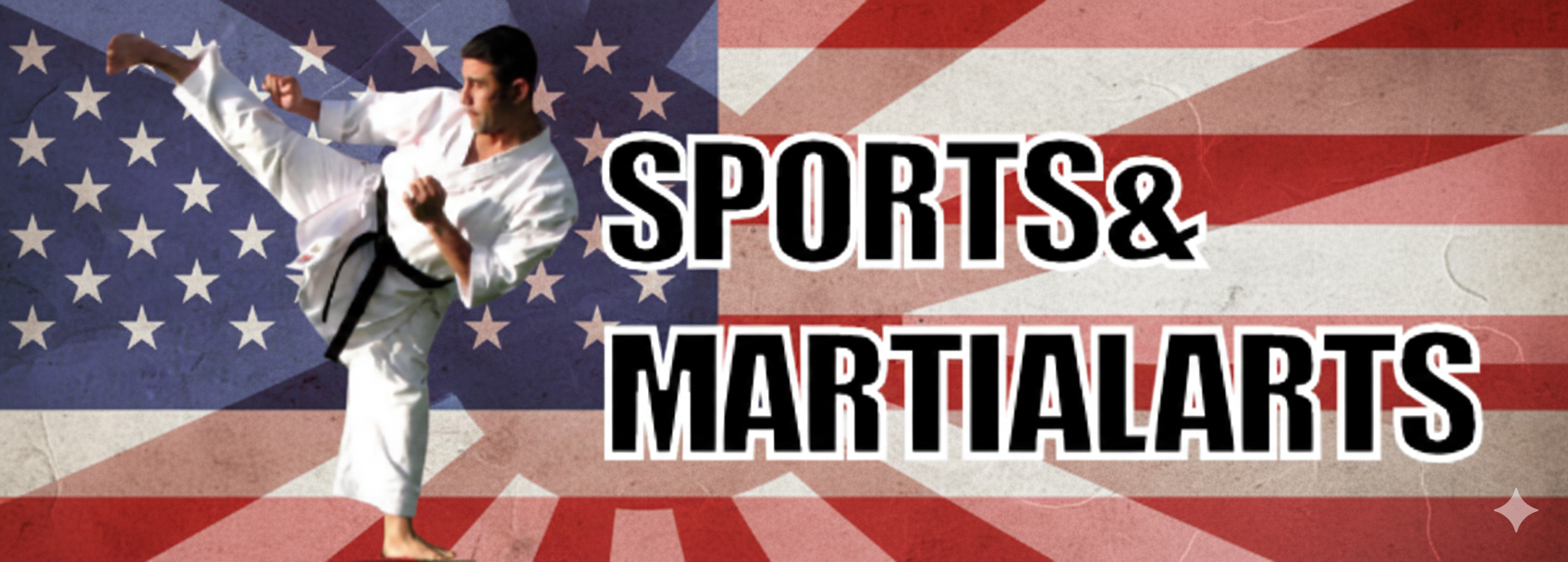Contents
- 1 Understanding Karate Strikes: Their Importance in Kata and Self-Defense
- 1.1 The Importance of Karate Strikes
- 1.2 Karate Strikes in Kata
- 1.3 Karate Strikes in Self-Defense
- 1.4 How Karate Strikes Can Be Used
- 1.5 Hand Strikes
- 1.6 Sword Hand Strikes (Shuto Uchi)
- 1.7 Finger Strikes (Nukite)
- 1.8 Wrist Strikes (Koken Uchi)
- 1.9 Elbow Strikes (Hiji Ate)
- 1.10 Hammer Fist Strikes (Tetsui Uchi)
- 1.11 Conclusion
- 1.12 Karate Requirements
- 1.13 Related
Understanding Karate Strikes: Their Importance in Kata and Self-Defense
Karate strikes are the foundation of many martial arts techniques and play a crucial role in both kata (forms) and self-defense. These powerful movements, executed with precision, are designed to deliver maximum impact in a short amount of time. They involve various body parts—such as the fists, palms, elbows, knees, and feet—and each strike has its unique purpose. In this article, we will explore why Karate strikes are important, how they can be used effectively, and their role in kata and self-defense.
The Importance of Karate Strikes
Karate strikes are vital for several reasons:
- Power and Efficiency: Karate emphasizes using the body’s natural strength to generate powerful strikes with minimal effort. Through proper technique and body alignment, practitioners can maximize the force of their strikes, even against larger opponents.
- Speed and Precision: Effective strikes in Karate rely on quickness and accuracy. A well-executed strike can incapacitate an opponent before they even have time to react, making speed and precision essential in both kata and self-defense scenarios.
- Discipline and Control: Karate practitioners spend years honing their strikes, learning when to apply force and when to exercise restraint. This self-control is vital both in training and in real-world situations.
Karate Strikes in Kata
Kata, the series of pre-arranged movements and techniques, plays a significant role in Karate training. Karate strikes in kata are not just for show; they are integral to developing proper form, timing, and muscle memory. Practicing strikes in kata allows students to:
- Improve technique: Repeated practice of specific strikes helps Karateka (Karate practitioners) refine their form and precision.
- Understand timing and distance: Kata teaches the practitioner when to strike and the proper distance from the opponent.
- Enhance mental focus: Kata requires concentration, ensuring that each strike is purposeful and executed with discipline.
Karate Strikes in Self-Defense
Karate is not only an art but also a practical self-defense system. Karate strikes are critical in real-life situations because they enable practitioners to defend themselves effectively. Here’s how:
- Targeting Vulnerable Areas: Karate teaches practitioners to target an opponent’s vulnerable points—such as the eyes, throat, solar plexus, and knees. Strikes like the straight punch (choku-zuki) or ridgehand (shuto) can disable an attacker quickly.
- Defending Against Multiple Attackers: Karate’s combination of strikes and movement patterns helps practitioners respond to threats from multiple directions, using techniques like elbow strikes (empi) and knee strikes (hiza-geri).
- Incorporating Strikes with Blocks and Parries: Karate strikes are often combined with blocks and parries, forming a comprehensive defense strategy. This synergy between attack and defense is key to successful self-defense.
How Karate Strikes Can Be Used
- In Sparring: Karate strikes are used in controlled sparring (kumite), where practitioners practice applying techniques against a live opponent. This allows students to test their strikes in a dynamic environment, adjusting for timing and distance.
- In Self-Defense: Karate teaches how to use strikes to defend against a variety of threats. A properly executed strike can help disarm or neutralize an attacker, whether in an enclosed space or open area.
- In Real-Life Scenarios: Karate strikes can be adapted to different environments, such as using an elbow strike in close quarters or a roundhouse kick in an open space. Training in different scenarios helps practitioners respond effectively in unpredictable situations.
Hand Strikes
- Shotei Uchi (掌底打ち) – Palm Heel Strike
- Kumade Uchi (熊手打ち)– Bear Hand Strike
- Haito Uchi (背刀打ち) – Ridge Hand Strike
Sword Hand Strikes (Shuto Uchi)
- Shuto Uchi (手刀打ち) – Knife Hand Strike
- Shuto Ganmen Uchi (手刀顔面打ち) – Knife Hand Face Strike
- Shuto Sakotsu Uchi (手刀鎖骨打ち) – Knife Hand Collarbone Strike
- Shuto Jodan Uchi (手刀上段打ち) – Knife Hand Upper Level Strike
Finger Strikes (Nukite)
- Nukite (貫手) – Spear Hand Strike
- Ippon Nukite (一本貫手) – One Finger Spear Hand
- Nihon Nukite (二本貫手) – Two Finger Spear Hand
- Nakadaka Ippon Ken (中高一本拳) Middle Knuckle Punch
- Yonhon Nukite (四本貫手) – Four Finger Spear Hand
- Shihon Nukite (指本貫手) – Four Finger Thrust
Wrist Strikes (Koken Uchi)
- Koken Uchi (虎口打ち) – Bent Wrist Strike
- Keiko Uchi (鶏口打ち) – Chicken’s beak
- Kakuto Uchi (角手打ち) – Crane Beak Strike
Elbow Strikes (Hiji Ate)
- Age Empi Uchi (上げ肘打ち) – Upward Elbow Strike
- Mae Hiji Ate (前肘当て) – Forward Elbow Strike
- Ushiro Hiji Ate (後肘当て) – Backward Elbow Strike
- Yoko Hiji Ate (横肘当て) – Side Elbow Strike
- Age Hiji Ate (上げ肘当て) – Rising Elbow Strike
- Oroshi Hiji Ate (下ろし肘当て) – Overhead Elbow Strike
Hammer Fist Strikes (Tetsui Uchi)
- Tetsui Uchi (鉄槌打ち) – Hammer Fist Strike
- Tetsui Komi Uchi (鉄槌込打ち) – Inward Hammer Fist Strike
- Tetsui Yoko Uchi (鉄槌横打ち) – Side Hammer Fist Strike
- Tetsui Oroshi Uchi (鉄槌下ろし打ち) – Dropping Hammer Fist Strike
- Hiraken Uchi (ヒラケン打ち) – Leopard Fist Strike
Conclusion
Karate strikes are a critical aspect of training, whether for perfecting form in kata or for practical self-defense. They teach discipline, control, and efficiency while enabling the practitioner to respond with precision and power. Whether you are practicing for personal growth, competition, or self-defense, mastering Karate strikes is essential. Through dedicated practice, Karateka can develop the skills needed to defend themselves and become proficient in this powerful martial art.
Karate Requirements
- Karate Stances
- Karate Punches
- Karate Kicks
- Karate Blocks
- Karate Strikes
- Karate Traditional Katas
- Karate Traditional Weapons
- Karate General Terminology
Follow our Social Media!











